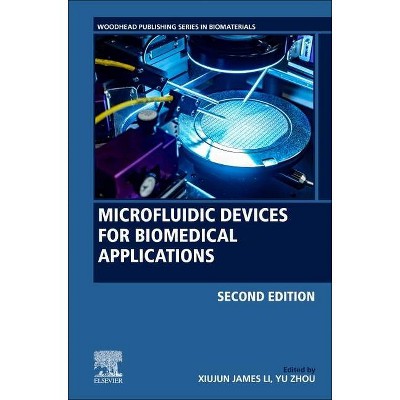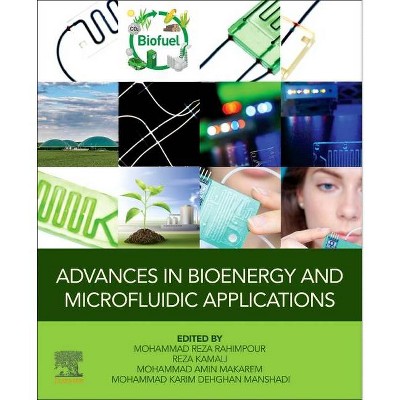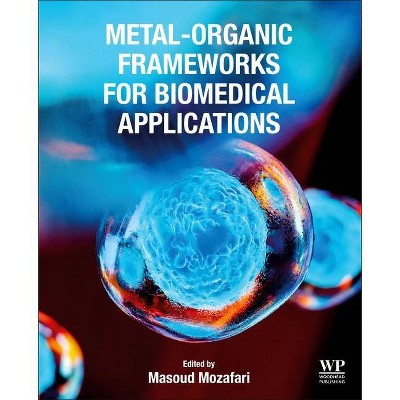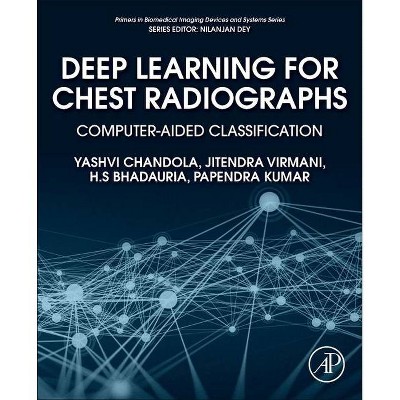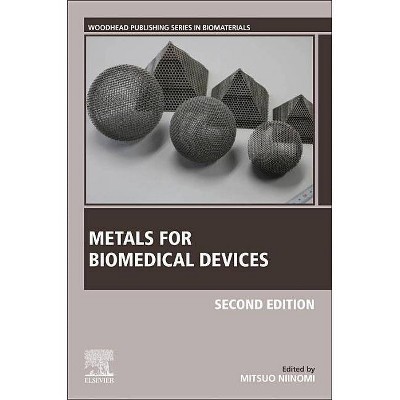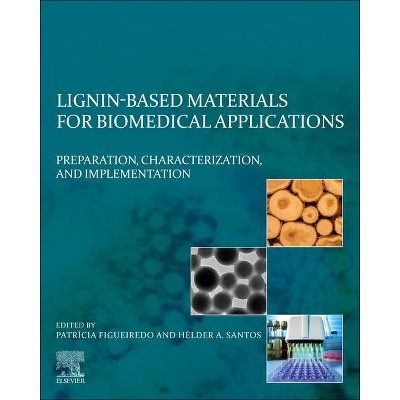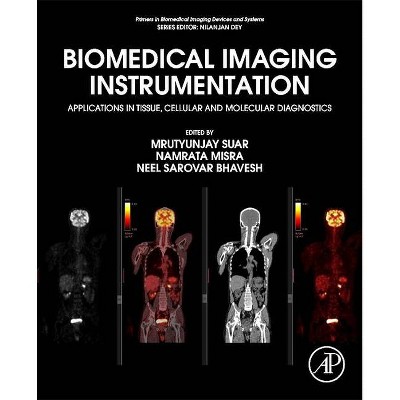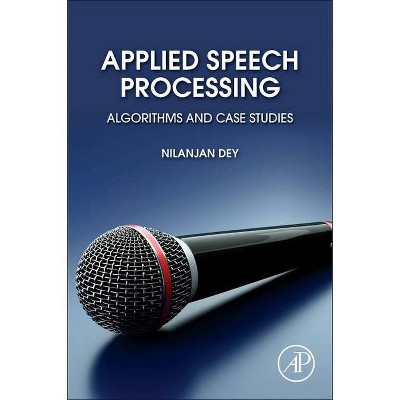Biomedical Applications of Microfluidic Devices - by Michael R Hamblin & Mahdi Karimi (Paperback)
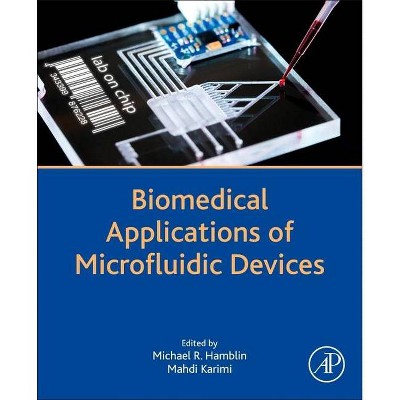
Similar Products
Products of same category from the store
AllProduct info
<p/><br></br><p><b> Book Synopsis </b></p></br></br><p><i>Biomedical Applications of Microfluidic Devices</i> introduces the subject of microfluidics and covers the basic principles of design and synthesis of actual microchannels. The book then explores how the devices are coupled to signal read-outs and calibrated, including applications of microfluidics in areas such as tissue engineering, organ-on-a-chip devices, pathogen identification, and drug/gene delivery. This book covers high-impact fields (microarrays, organ-on-a-chip, pathogen detection, cancer research, drug delivery systems, gene delivery, and tissue engineering) and shows how microfluidics is playing a key role in these areas, which are big drivers in biomedical engineering research. </p> <p>This book addresses the fundamental concepts and fabrication methods of microfluidic systems for those who want to start working in the area or who want to learn about the latest advances being made. The subjects covered are also an asset to companies working in this field that need to understand the current state-of-the-art. The book is ideal for courses on microfluidics, biosensors, drug targeting, and BioMEMs, and as a reference for PhD students. The book covers the emerging and most promising areas of biomedical applications of microfluidic devices in a single place and offers a vision of the future.</p><p/><br></br><p><b> About the Author </b></p></br></br>Michael R Hamblin Ph.D. is a Principal Investigator at the Wellman Center for Photomedicine at Massachusetts General Hospital, an Associate Professor of Dermatology at Harvard Medical School and is a member of the affiliated faculty of the Harvard-MIT Division of Health Science and Technology. He was trained as a synthetic organic chemist and received his PhD from Trent University in England. His research interests lie in the areas of photodynamic therapy (PDT) for infections, cancer, and heart disease and in low-level light therapy (LLLT) for wound healing, arthritis, traumatic brain injury and hair-regrowth. He directs a laboratory of around a sixteen post-doctoral fellows, visiting scientists and graduate students. His research program is supported by NIH, CDMRP, USAFOSR and CIMIT among other funding agencies. He has published 252 peer-reviewed articles, over 150 conference proceedings, book chapters and International abstracts and holds 8 patents. He is Associate Editor for 7 journals, on the editorial board of a further 12 journals and serves on NIH Study Sections. For the past 9 years Dr Hamblin has chaired an annual conference at SPIE Photonics West entitled "Mechanisms for low level light therapy" and he has edited the 9 proceedings volumes together with four other major textbooks on PDT and photomedicine. He has several other book projects in progress at various stages of completion. In 2011 Dr Hamblin was honored by election as a Fellow of SPIE.
Price History
Price Archive shows prices from various stores, lets you see history and find the cheapest. There is no actual sale on the website. For all support, inquiry and suggestion messagescommunication@pricearchive.us
